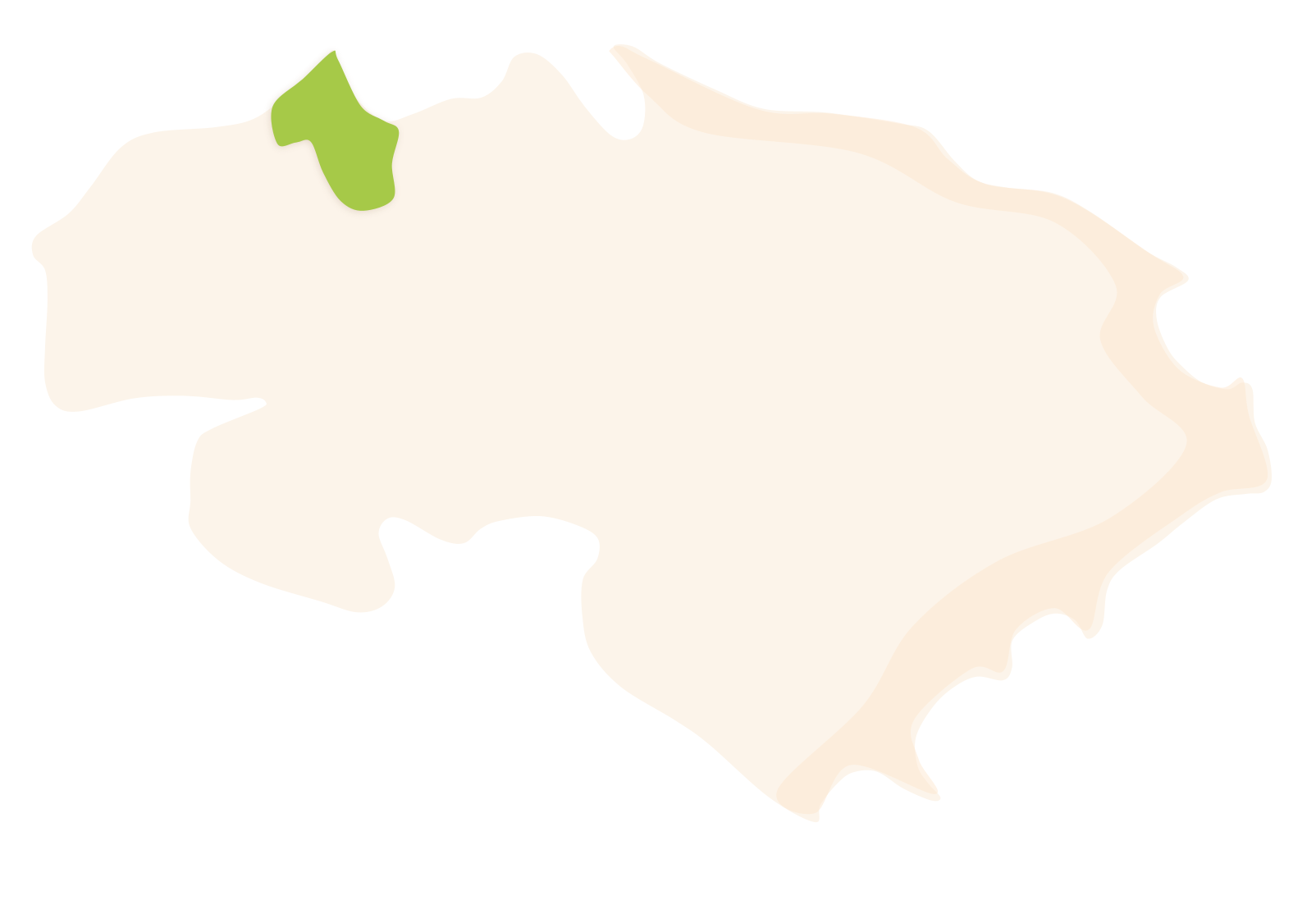L’Atzúbia and Forna are two settlements which were merged administratively into one in 1910. The municipality is located in the northwestern part of the inland area of La Marina Alta, right on the provincial border between Alicante and Valencia, between the Serra de L'Almirant mountain range in Forna and the foothills of the Serra Gallinera and Serra Negra mountain ranges. It is formed by two independent valleys, open towards the Mediterranean Sea, and lies at an altitude of 102 metres, with an area of 14.73 km2 and 609 inhabitants who are known as Atzubians and Atzubianes, and Fornalers and Fornaleres.
 L'Atzúbia-Forna's municipal district. Surface area: 14.73 km². Population: 609 (INE data 2021).
L'Atzúbia-Forna's municipal district. Surface area: 14.73 km². Population: 609 (INE data 2021).HISTORY
Both villages preserve an important heritage from the Bronze Age and the Iberian and Roman civilizations that were present in the area. But the origins of the settlements are Muslim, as can be seen in their toponyms. According to Coromines, atzúbia corresponds to the word zubia in Arabic, which means 'the pit' or 'sunken land'; while forna comes from fúrna ('narrow and dark').
Many are the aspects of the legacy left behind by the Muslim population: place names, urbanism, etc. Forna was converted into a barony straight away and the magnificent state of conservation of the village is a pleasant surprise, with the enchanting mediaeval Andalusian farmhouses presided over by Forna’s castle or palace, which houses original 15th-century graffiti inside. L'Atzúbia stands out due to the network of streets and the spacious 19th-century houses, and a beautiful Moorish-inspired fountain in the square. And let’s not forget the scenic beauty of Xillibre, high up in the valley, and of Benirrama Castle to the west of the village, or of the cave known as Cova del Canelobre, which is hidden on the Tossal del Llop hill.
After the expulsion of the Moors, in 1609, lord Francesc Roca was forced to repopulate the houses and granted a town charter in L’Atzúbia on August 28th, 1611, to six farmers from Majorca, among them the Pons family and the Vicens family, which are currently the most common surnames in the municipality, together with Server and Alemany who arrived later. In Forna, the town charter was signed between Àngela Pallàs and eight Majorcan families on September 2nd, 1611.
FESTIVITIES
- In l’Atzúbia, the patronal festivities are celebrated during the first weekend of September in honour of Saint Vicent Ferrer, together with the festival of Moors and Christians.
- In Forna, the patronal festivities take place during the second half of August and are held in honour of Saint Bernat.
GASTRONOMY
- ”Arròs amb crosta”, or crusted rice, is a baked rice with ribs and sausages which is topped with beaten eggs.
- ”Pimentons farcits d'arròs” is a dish that consists of cooking rice directly inside red peppers, which thereby act as a container for cooking the rice.
- Stuffed aubergines, which can be prepared with tuna or meat and then baked.
- Scalded flour flatbread “coques”, which are a deeply rooted traditional dish in this area of La Marina Alta, with different names such as “minxos”, “coques de dacsa”, etc., and which can be served with various fillings, the most popular being egg and tuna, vegetables or tomato and onion.